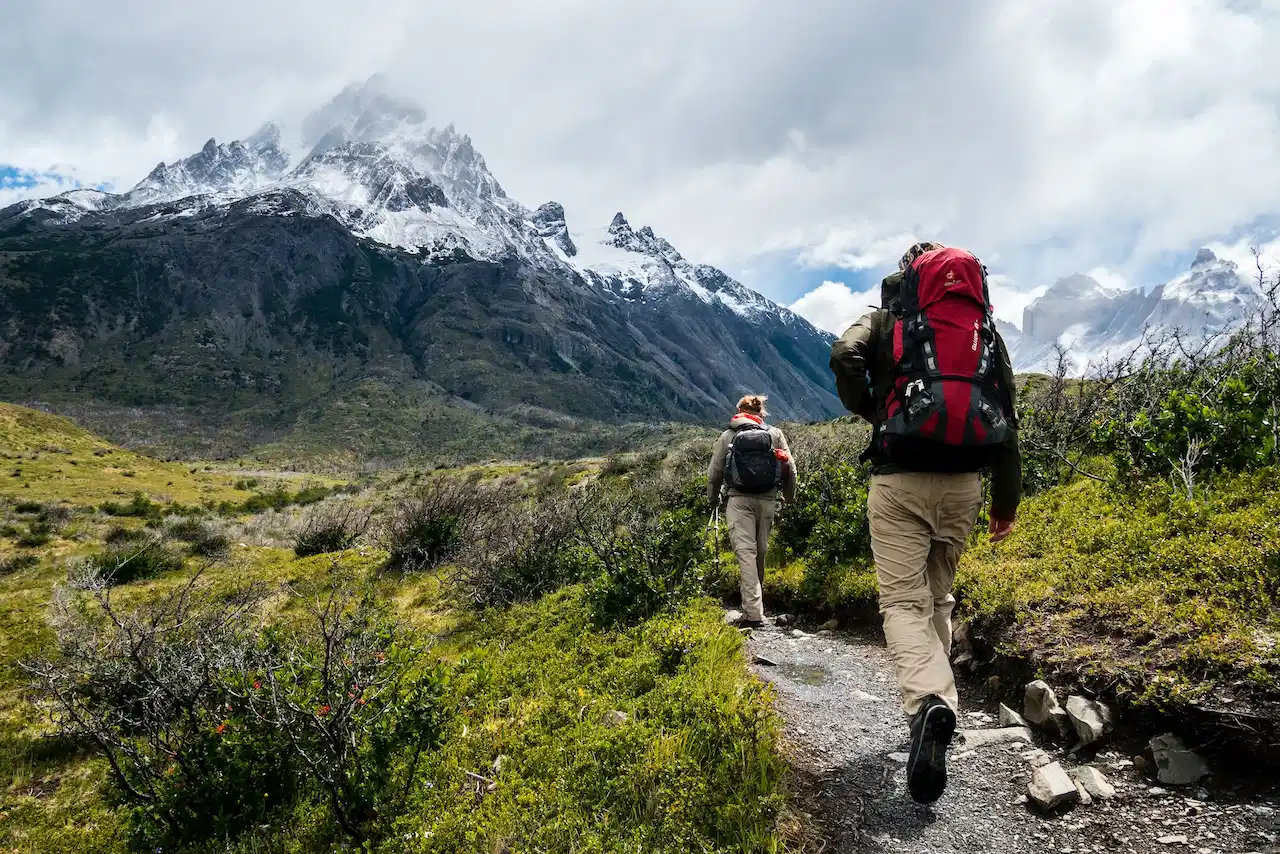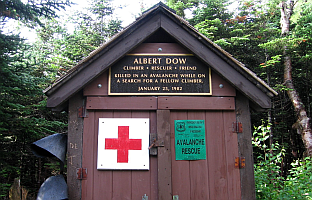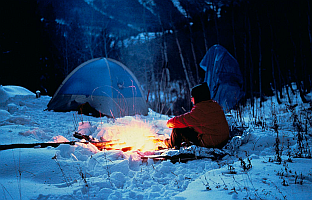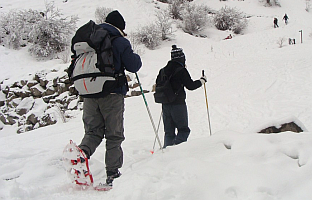Guide to winter hiking and camping

Guide to winter hiking and camping may seem cold and miserable to some, but it really is a special time in the wilderness. Mountains and landscapes are covered in white and there is a stillness in the air. A pleasant and relaxing environment for sure, but don’t forget the real dangers of winter hiking. This site will help you gather winter hiking tips, provide winter camping gear reviews, and material on how to get started snowshoeing.
Safety
When you are in the winter backcountry, safety should be the number one priority. Dangers involve getting lost, slipping on ice, falling into rivers, dehydration, darkness, hypothermia, winter storms, and avalanches. Never go out alone and always be prepared to spend the night when you are in the winter wilderness. This means having the proper equipment, warm gear, knowing how to navigate call, and having enough food and water. Read More
Gear
Having the proper winter hiking and camping gear can make all the difference. Winter nights and early mornings can be downright cold, and having the good sleeping gear and proper cooking equipment will keep you nice and cozy. We’ll cover everything from shovels to sleds and hiking boots to headlamps.
Snowshoe
Many of the trails that are hiked in summer can also be hiked in winter. Familiar trails in the warmer 3 seasons you will be completely different when covered in snow. As the saying goes, “if you can walk, you can snowshoe”. Snowshoeing is often really that simple, but it is worthwhile to learn snowshoeing techniques for climbing and descending, and going over obstacles that may be in your path. Read More


